Criterion Prediction #30: Pan’s Labyrinth, by Alexander Miller
Title: Pan’s Labyrinth aka Il labertino del fauno
Year: 2006
Director: Guillermo del Toro
Cast: Ivana Baquero, Maribel Verdù, Sergi López, Ariadna Gil, Doug Jones, and Àlex Angulo
Synopsis: Carmen and her ten-year-old daughter Ofelia move in with Captain Vidal, who, along with being a newlywed and a stepfather, also happens to be sadistic fascist (literally) amid the aftermath of the Spanish Civil War. Fascinated with her books and fairy tales, Ofelia finds an alternate world inhabited by creatures both whimsical and terrifying, including a faun who presents Ofelia with tests, riddles, challenges, and frightening encounters with all manner of creatures hostile and friendly. Juxtaposed with Ofelia’s world of fantasy is the very real horror of 1944 postwar Spain, as a rebel insurgency is plotting against her brutal stepfather.
Critique: In Pan’s Labyrinth, we find ourselves in the allegorical thrust of a wildly imaginative environment counterposing reality and fantasy. Guillermo del Toro extends his hand to guide us through a deeply realized world that is as old as storytelling itself by adopting a narrative structure reminiscent of a classic fable. Like its sibling The Devil’s Backbone (Del Toro, 2001), Pan’s Labyrinth is bookended opening and closing lines that introduce the self-awareness regarding the nature of storytelling by the film(s). The physical design is just as communicative to the story even more so than the dialogue. There isn’t an inch of wasted space as everything in the frame contributes to the momentum of the story. Liberated from the homogenized reiterations that have whittled our perception of the fairy tale into simplified child’s play, del Toro’s interpretation of fantasy is inspired by his creative instincts, not the distilled work of others. While he’s not shy when it comes to acknowledging his influences, the final product of his artistic prowess is defiantly original, allusions and references (Ofelia reminiscent of Ana from Erice’s Spirit of the Beehive for instance) are recognizable without being too obvious. Del Toro indulges in visual splendor (in a most productive way), from his expressive use of color, elemental symbolism, relentlessly detailed sets, costumes, and the juxtaposition of architecture – the culmination of which lends credence to his stature as cinema’s foremost expressionist.
When you deal with fantasy, the risk losing familiarity is indeed a factor, but del Toro instills a great degree of personality that humanizes the stakes of his characters. Our protagonist Ofelia, who is coming to terms with her new environment, nurtures her hungry imagination through her books and fairy tales, indicative of the fictional relationship we tend to develop in life. Whether or not Ofelia’s interest in fantasy is fueled by a need for protection, escape, or merely the curiosity of being a child is left vague; not every narrative thread is tied for us.
Again the juxtaposition (or duality) throughout Pan’s Labyrinth acknowledges the fictional relationship children have with the world around them, and the dissolution of that fiction as we grow older and come to terms with reality. This paradigm arises when Ofelia’s mother scolds her daughter’s preoccupation with stories only to don the role of the “ideal wife”, a facade in itself that ends tragically. It’s convenient for us that Guillermo del Toro wants to make films like Pan’s Labyrinth because he’s a filmmaker driven by passion, and when he decides to invest himself into something this unique, he’s capable of great things.
Why it Belongs in the Collection? I can’t say the announcements of Cronos and The Devil’s Backbone were a surprise; the real shock is that Pan’s Labyrinth hasn’t had the same distinction. While this is one of those selections that feels more like an inevitability seeing as it naturally fits in the direction Criterion is going in with their range of contemporary titles, we can never be too sure that they’ll conclude the director’s informal trilogy of films. Some movies featured in this column are curiosities, or “lost classics” that would find a wider audience with a Criterion release, but Pan’s Labyrinth is guaranteed to be a profitable title with a built in audience. Also, Guillermo del Toro has unofficially alluded that Pan’s Labyrinth is on the horizon for a spine number, so we’ll see?

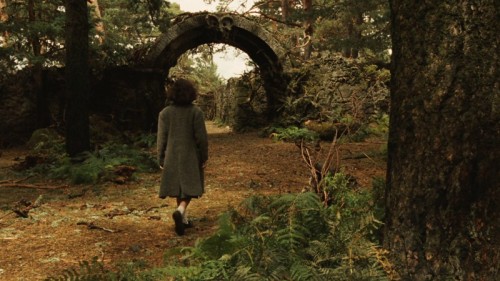











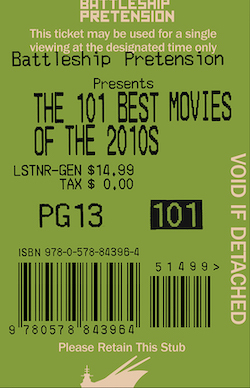




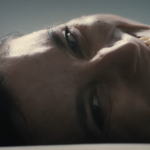






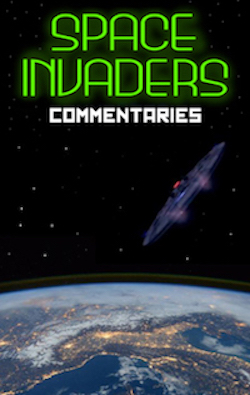
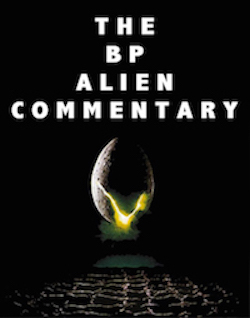
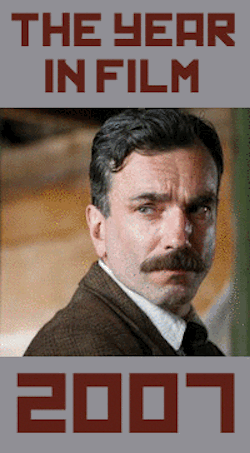


Ninth fulfilled prediction, one of my all-time favorite films. Criterion heard our prayers when it released this and the Trilogia.